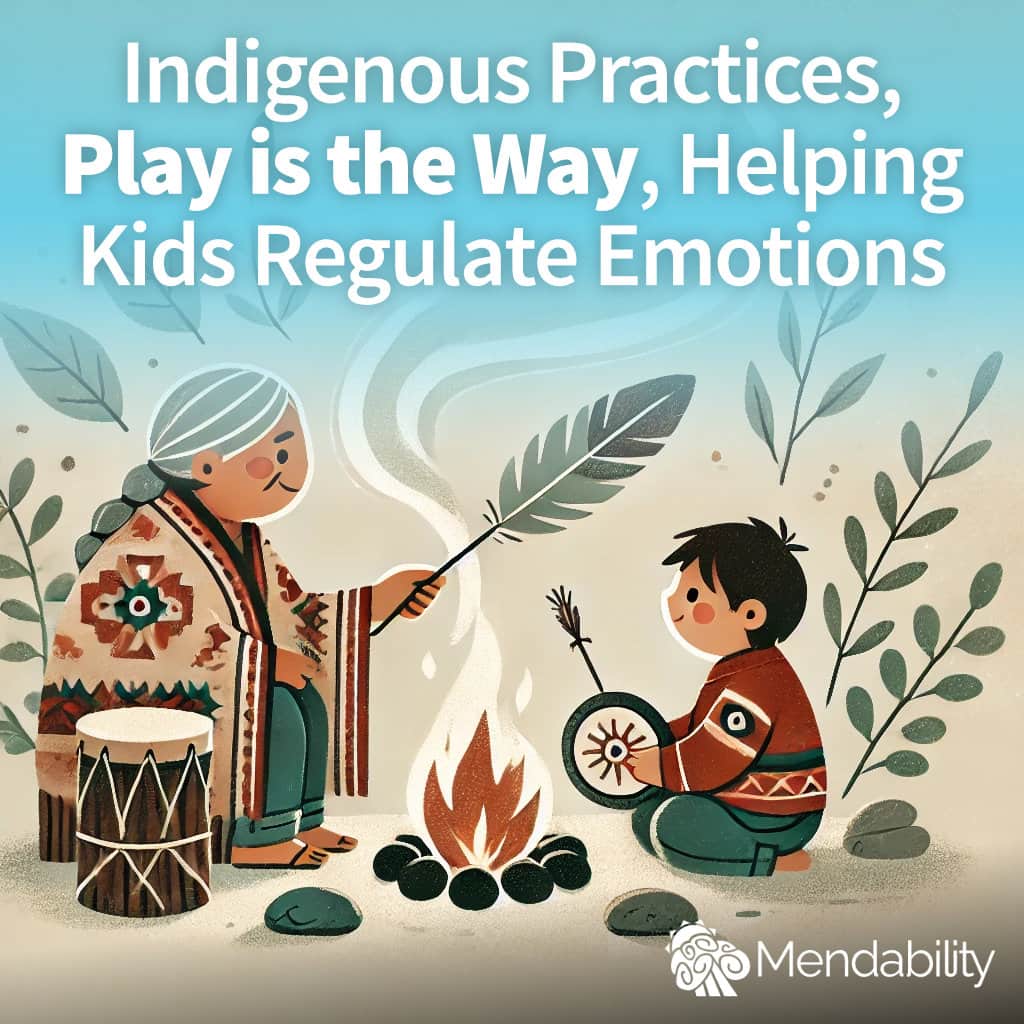
Indigenous Practices, Play is the Way, and Helping Kids Regulate Emotions
Every parent of a child with special needs knows the heartache of seeing their child struggle to feel comfortable in a world that often moves

Every parent of a child with special needs knows the heartache of seeing their child struggle to feel comfortable in a world that often moves
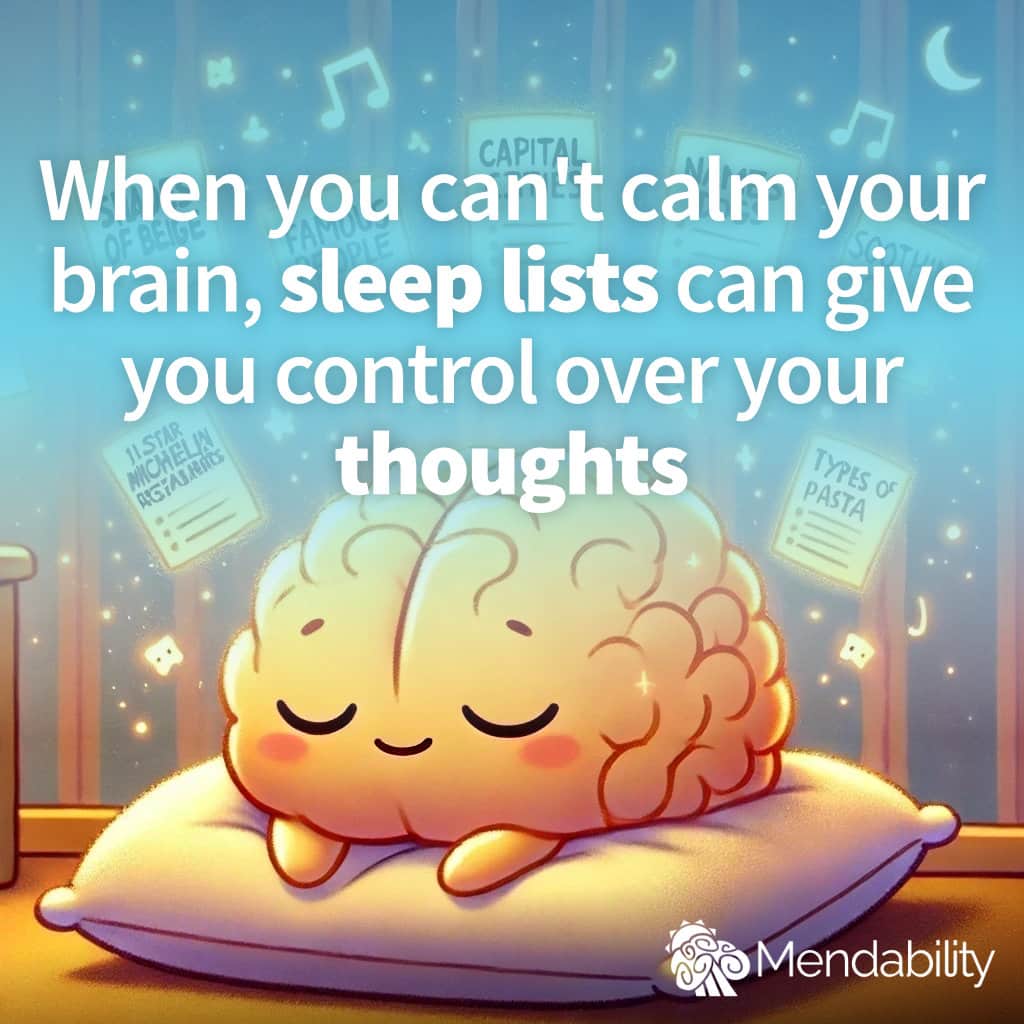
Explore how Helen Sernett’s Sleep Lists podcast offers a calming approach to tackle insomnia and racing thoughts. Discover practical tips for improving sleep and find peace amidst life’s chaos.
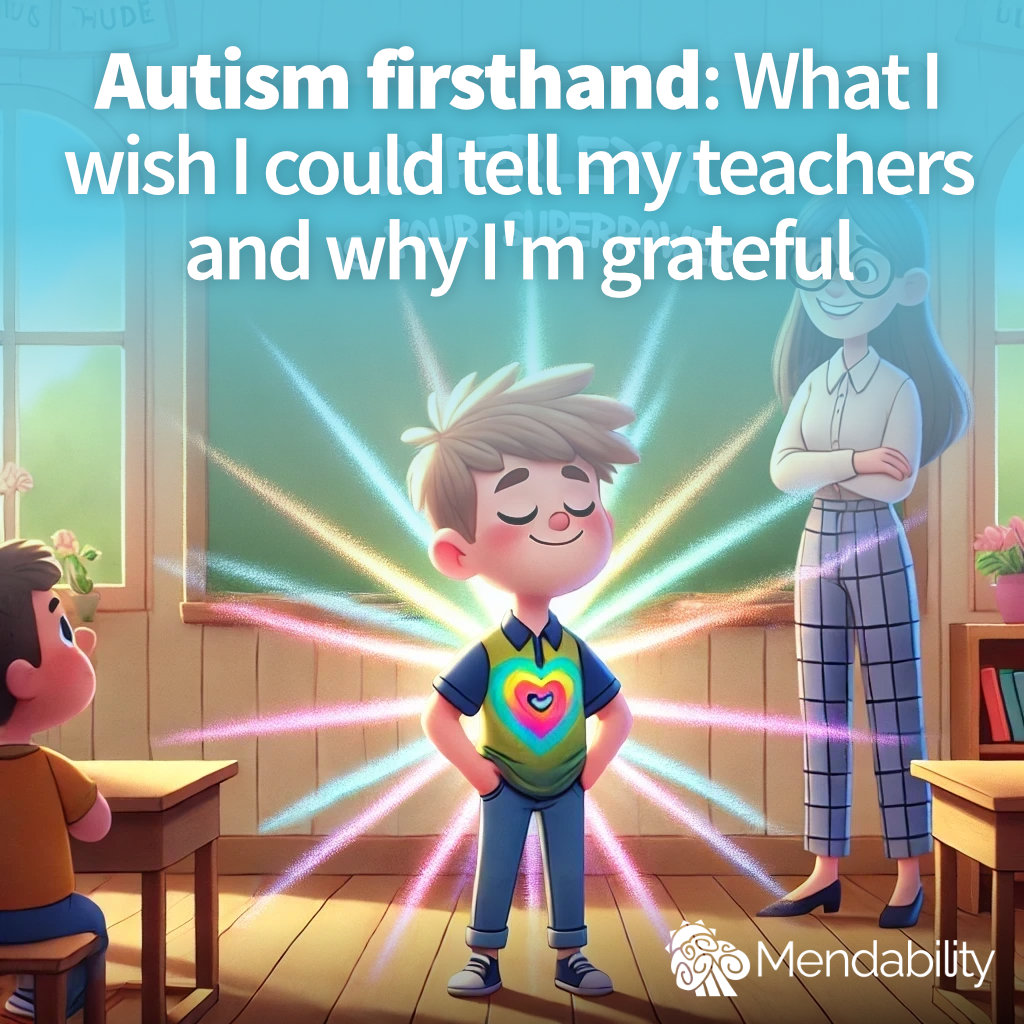
Explore Jason Dietrich’s journey as an autism advocate and communication specialist, highlighting the strengths of neurodiversity in education and the importance of supportive teaching.
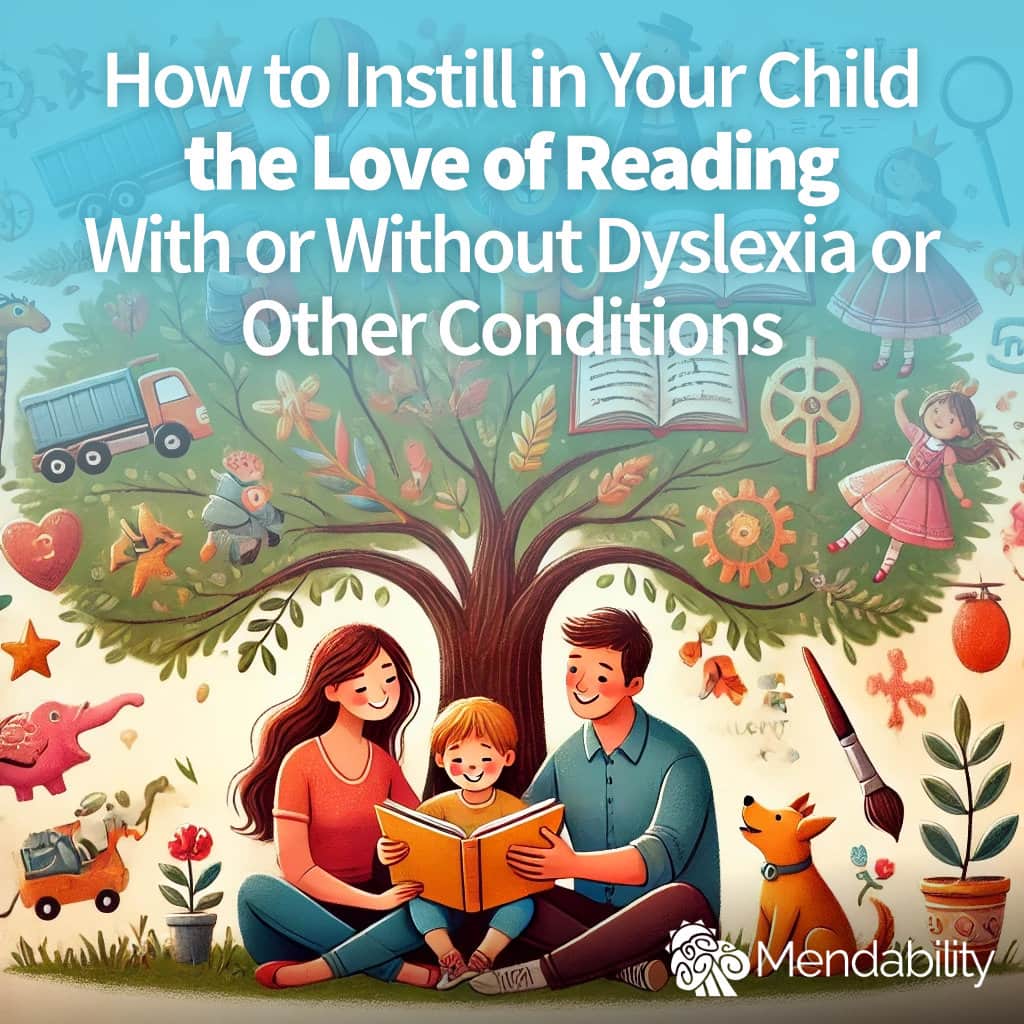
Discover effective strategies to instill a love of reading in children, even those with dyslexia or other challenges. Join Dr. Danny Brassell as he shares insights and practical tips to make reading enjoyable and engaging for all kids.
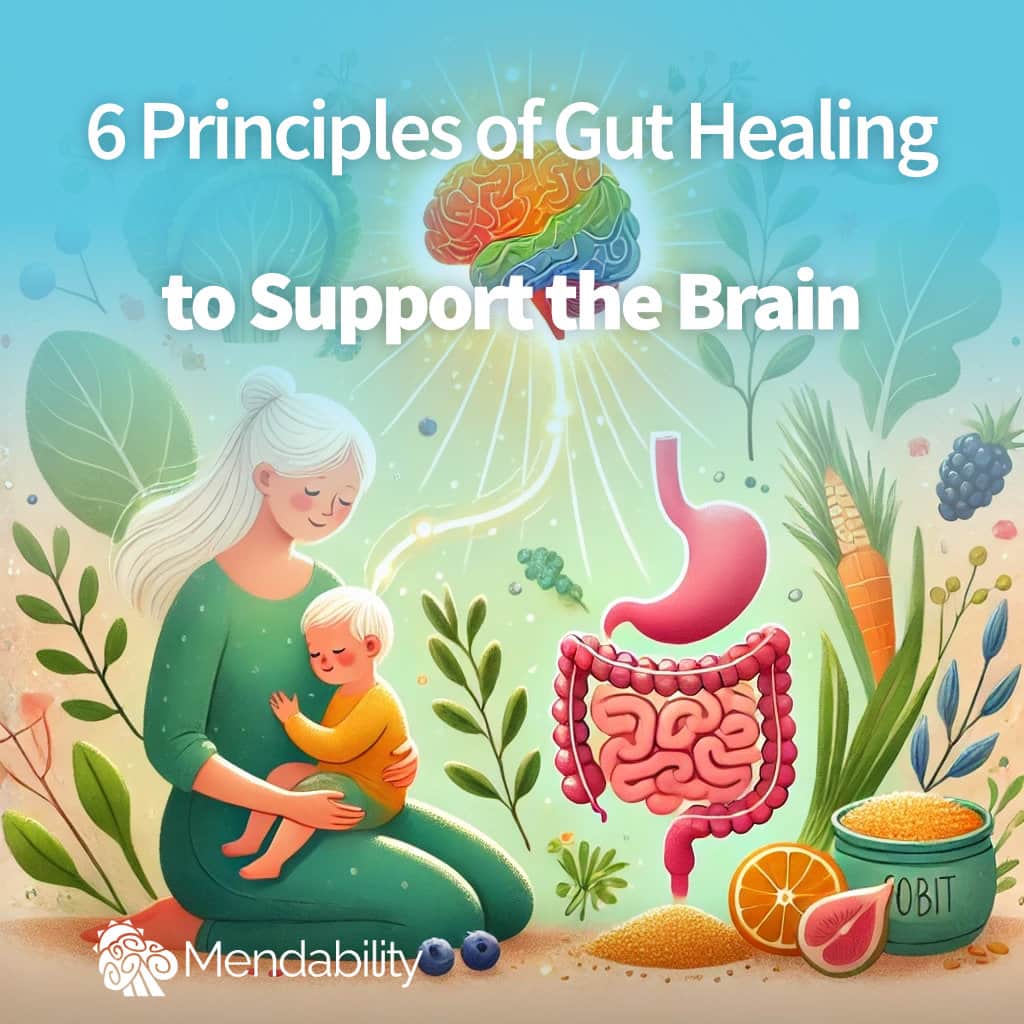
Discover how healing the gut can boost brain development in children with special needs. Learn practical, research-backed strategies from Tracy Slepcevic’s powerful journey of helping her son recover from severe autism.

Learn how empathy and sensory enrichment can help special needs students thrive in college admissions, reduce anxiety, and boost academic success. Practical tips from Matt McGee and Claudie Pomares.
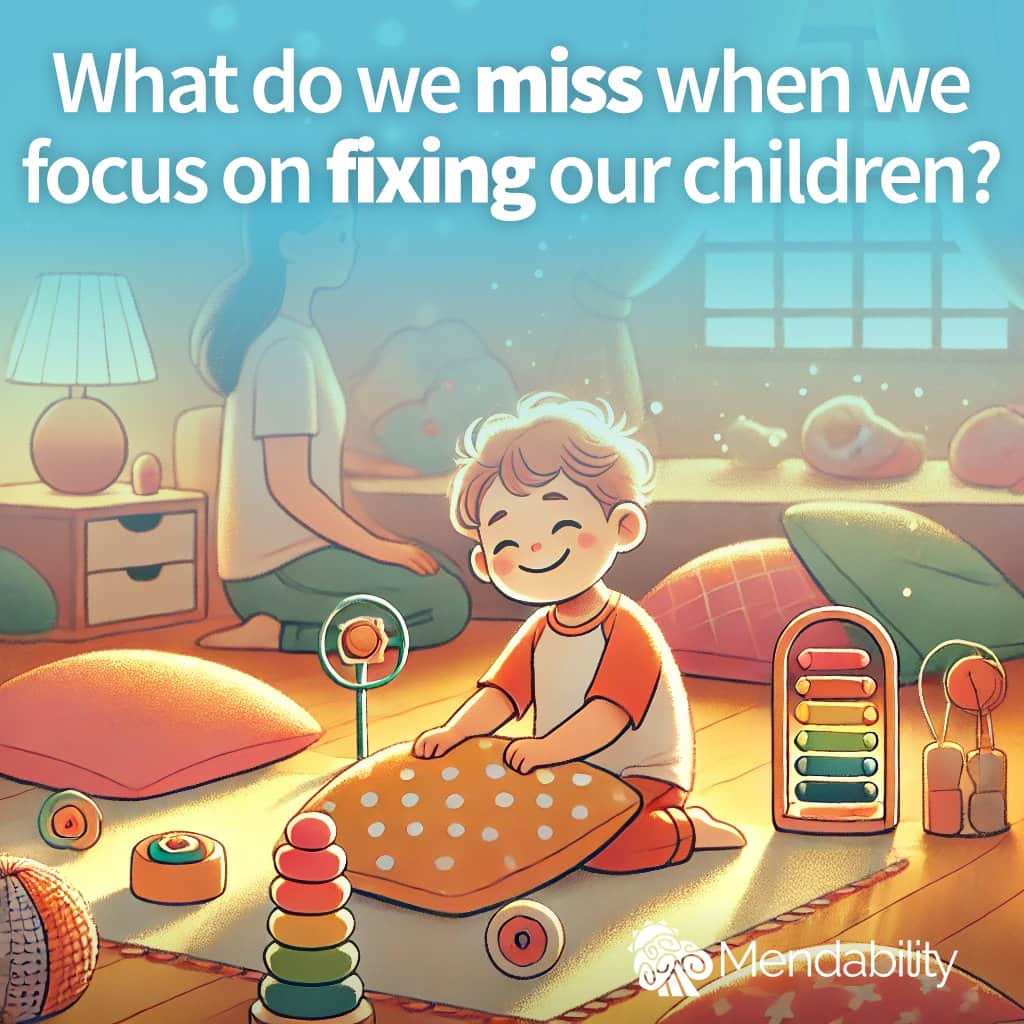
Learn how sensory enrichment and small, mindful self-care moments can help parents of children with special needs find balance, manage stress, and support their child’s development.
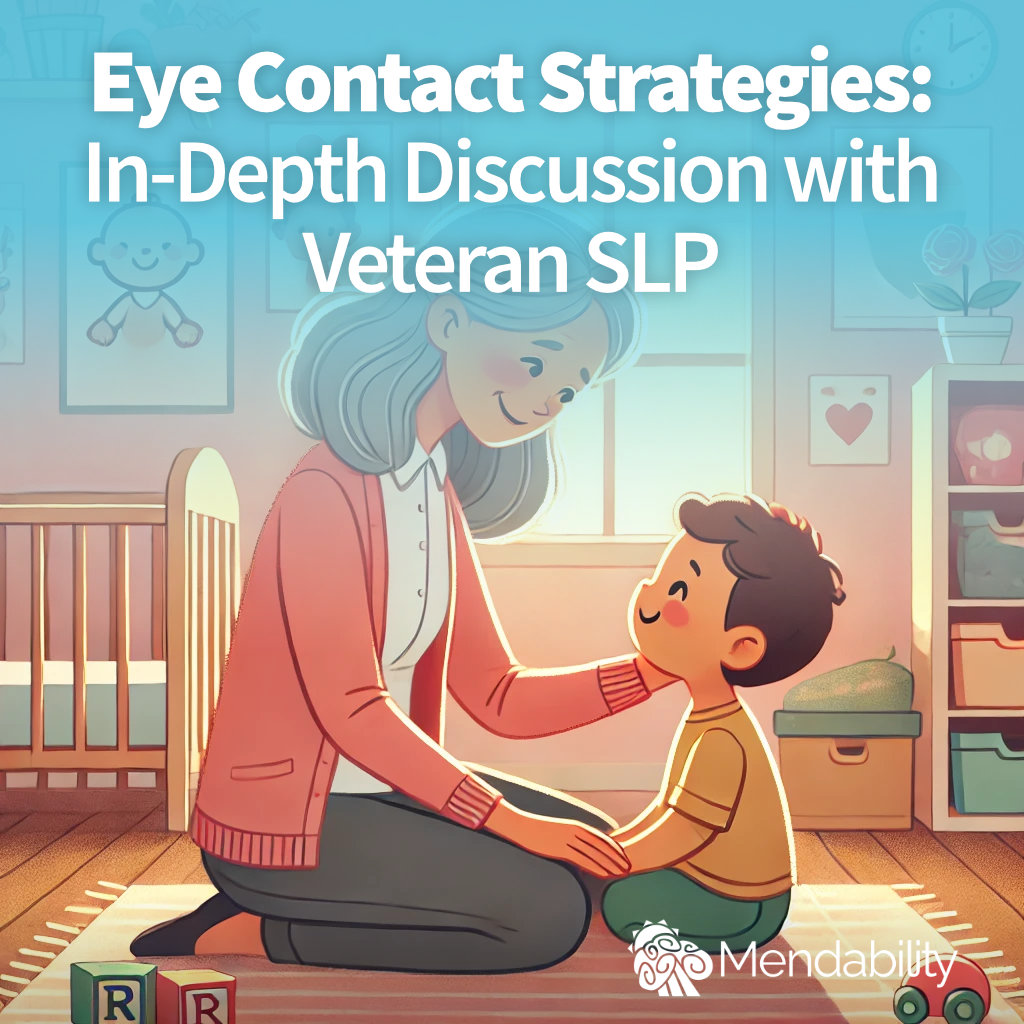
Discover expert strategies for encouraging eye contact in children with special needs. Learn how to balance support and sensitivity, understand the impact of screen time, and explore the role of cultural differences in communication.

Discover how gentle, sensory experiences can help recover from Postoperative Cognitive Dysfunction (POCD) after surgery. Learn simple ways to wake your brain back up at home.
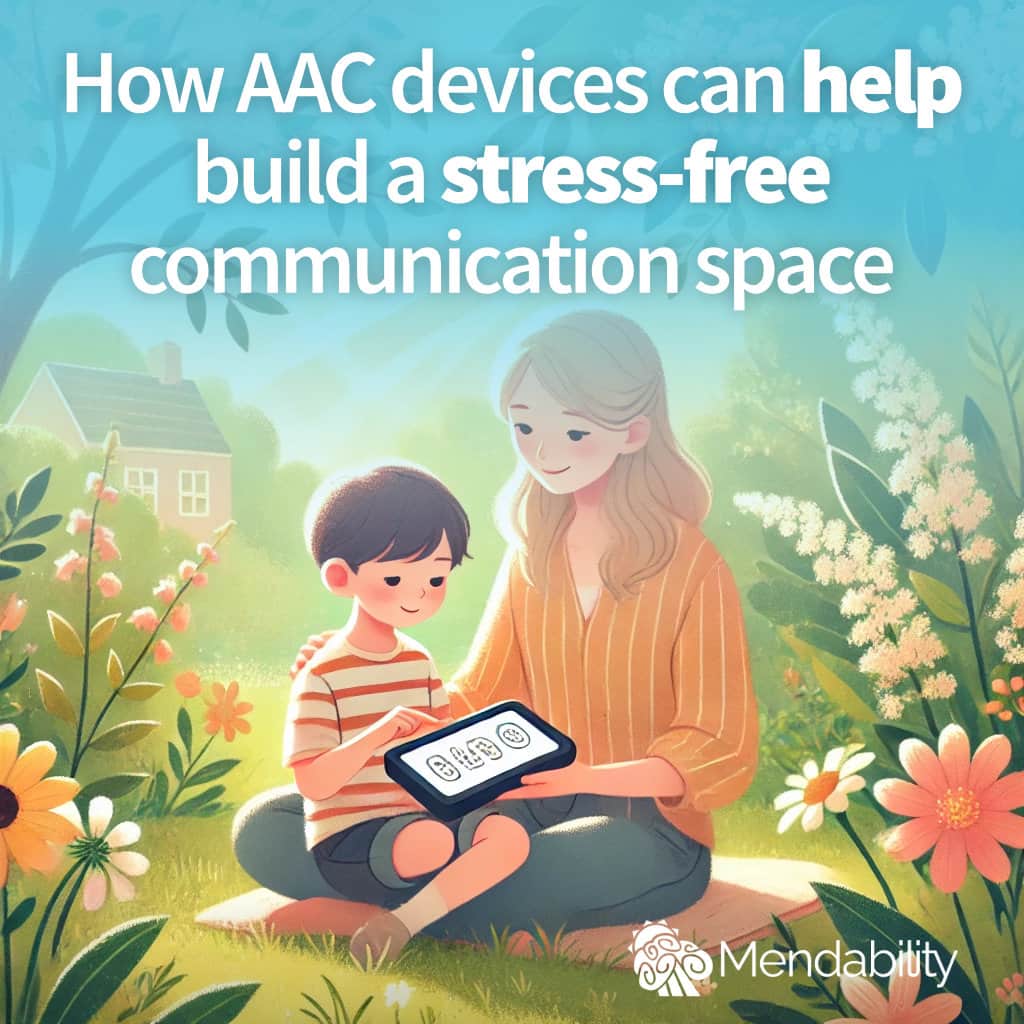
Learn how to create a stress-free communication environment using AAC devices with insights from speech-language pathologist Lenora Edwards. Discover practical tips to help your child connect more deeply and reduce frustration in daily interactions.
